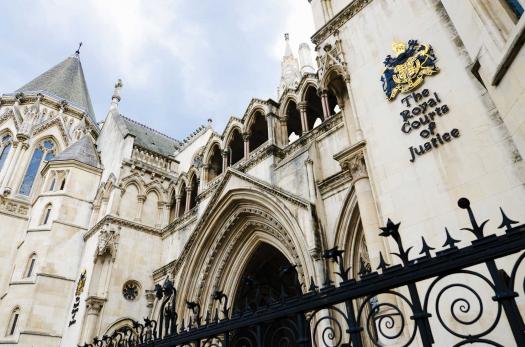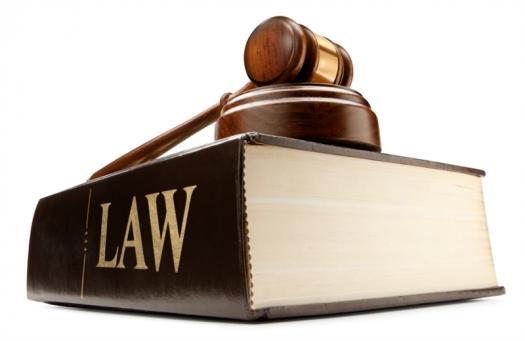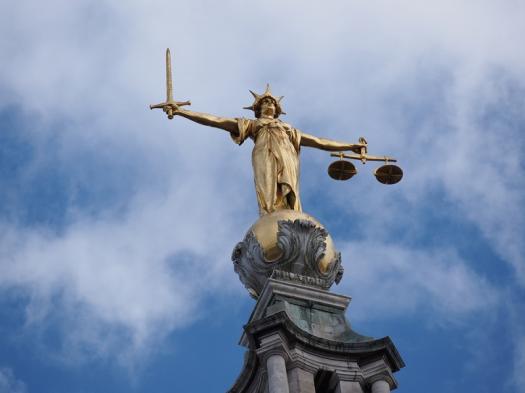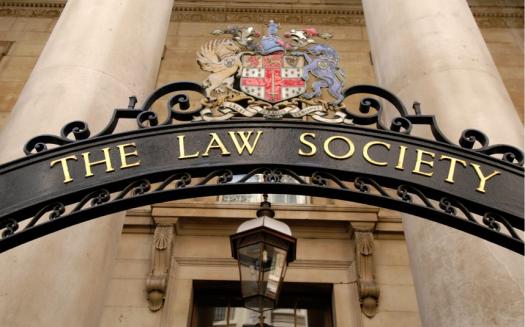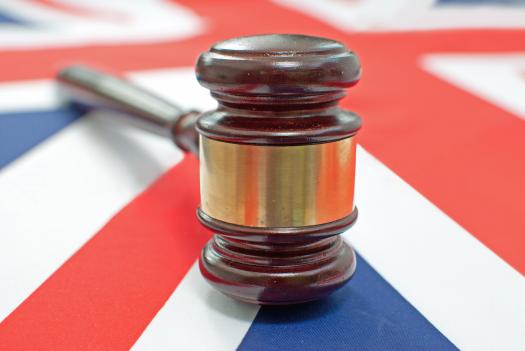Test Your Knowledge About UK Law?

As the United Kingdom is known to have three legal systems, their laws are segmented into three segments which are English laws, Scots laws, and Northern Ireland laws. Also, They do not have a single legal system because of their creation. There are law enforcement agencies who arrests and prosecutes criminals based on the type of crime committed.
- 1.
What is the United Kingdom upper house called?
- A.
House of Judges
- B.
House of Lords
- C.
House of Princes
- D.
House of Kings
Correct Answer
B. House of LordsExplanation
The United Kingdom upper house is called the House of Lords. This is the correct answer because it accurately identifies the name of the legislative body in the UK that consists of appointed and hereditary members, including life peers, bishops, and archbishops. The House of Lords plays a crucial role in the legislative process, reviewing and amending bills proposed by the House of Commons.Rate this question:
-
- 2.
Which of these is not a law of United Kingdom?
- A.
Criminal Law
- B.
EU Law
- C.
Property Law
- D.
Saria Law
Correct Answer
D. Saria LawExplanation
Saria Law is not a law of the United Kingdom. While Criminal Law, EU Law, and Property Law are all recognized and enforced within the legal system of the United Kingdom, Saria Law is not. Saria Law is a system of Islamic law derived from the Quran and the teachings of Prophet Muhammad, and it is primarily practiced in Muslim-majority countries. Therefore, it is not applicable or recognized as a law in the United Kingdom.Rate this question:
-
- 3.
Which law of United Kingdom deals with the buying and selling of assets?
- A.
EU Law
- B.
Legal Law
- C.
Civil Law
- D.
Property Law
Correct Answer
D. Property LawExplanation
Property Law in the United Kingdom deals with the buying and selling of assets. This law governs the legal rights and obligations related to the ownership, transfer, and use of property. It includes regulations and provisions for the sale, purchase, and transfer of assets such as land, buildings, and personal property. Property Law ensures that these transactions are conducted in a fair and lawful manner, protecting the rights and interests of both buyers and sellers.Rate this question:
-
- 4.
How many types of EU Law are there?
- A.
2
- B.
3
- C.
4
- D.
5
Correct Answer
A. 2Explanation
There are two types of EU Law: primary and secondary. Primary law refers to the founding treaties of the European Union, which establish its legal framework and objectives. Secondary law includes regulations, directives, decisions, and recommendations that are derived from the primary law and are binding on member states. These laws are designed to ensure the uniform application of EU rules across all member states and to promote the harmonization of laws and regulations within the EU.Rate this question:
-
- 5.
Which of these is an attribute of a common law?
- A.
Written
- B.
Flexibility
- C.
Constant Change
- D.
Rigidity
Correct Answer
C. Constant ChangeExplanation
Constant Change is an attribute of a common law because common law is based on the principle of precedent, which means that decisions made in previous cases become a source of law for future cases. As society and circumstances change over time, the interpretation and application of the law also need to evolve. This constant adaptation and development of the law to suit the changing needs of society is what characterizes common law as being subject to constant change.Rate this question:
-
- 6.
What is a proposed new law called?
- A.
Bill
- B.
Pass
- C.
Idea
- D.
Opinion
Correct Answer
A. BillExplanation
A proposed new law is called a bill. This is a legislative proposal that is presented to a legislative body, such as a parliament or congress, for consideration and potential enactment into law. The term "bill" is commonly used in democratic systems to refer to a draft of a proposed law before it is officially passed and becomes law.Rate this question:
-
- 7.
What law bids European countries together?
- A.
EU Law
- B.
Civil Law
- C.
Legal Law
- D.
Commercial Law
Correct Answer
A. EU LawExplanation
EU Law is the correct answer because it is the body of law that governs the member states of the European Union. It is a supranational legal system that has authority over national laws and regulations within the EU. EU Law is responsible for harmonizing laws and regulations across member states, promoting free movement of goods, services, capital, and people, and ensuring the protection of fundamental rights. It is the legal framework that binds European countries together and allows for cooperation and integration among member states.Rate this question:
-
- 8.
What is the act of killing human being?
- A.
Murder
- B.
Annihilation
- C.
Suicide
- D.
Violence
Correct Answer
A. MurderExplanation
Murder is the act of intentionally killing another human being. It is a criminal offense and is considered one of the most serious crimes in most legal systems. The act of murder involves unlawfully taking someone's life with malice aforethought, meaning there was an intention to cause death or serious harm. This act is punishable by law and carries severe penalties, including imprisonment or even the death penalty in some jurisdictions.Rate this question:
-
- 9.
Which law sees to the movement of vehicles on roads?
- A.
Driving Law
- B.
Traffic Law
- C.
Civil Law
- D.
Commercial Law
Correct Answer
B. Traffic LawExplanation
Traffic law is the correct answer because it specifically deals with the rules and regulations governing the movement of vehicles on roads. It includes laws related to speed limits, traffic signals, parking regulations, and other aspects of road safety. Traffic law is enforced by traffic police and is crucial for maintaining order and safety on the roads.Rate this question:
-
- 10.
Who is the head of a court?
- A.
Judge
- B.
Clerk
- C.
Registrar
- D.
Police
Correct Answer
A. JudgeExplanation
The head of a court is the judge. The judge is responsible for presiding over court proceedings, making legal decisions, and ensuring that the law is applied correctly. They have the authority to hear and decide cases, interpret laws, and administer justice. The judge plays a crucial role in maintaining order and fairness in the courtroom.Rate this question:
-
Quiz Review Timeline +
Our quizzes are rigorously reviewed, monitored and continuously updated by our expert board to maintain accuracy, relevance, and timeliness.
-
Current Version
-
Mar 21, 2023Quiz Edited by
ProProfs Editorial Team -
Jan 19, 2019Quiz Created by
Gregorynaomi
 Back to top
Back to top



